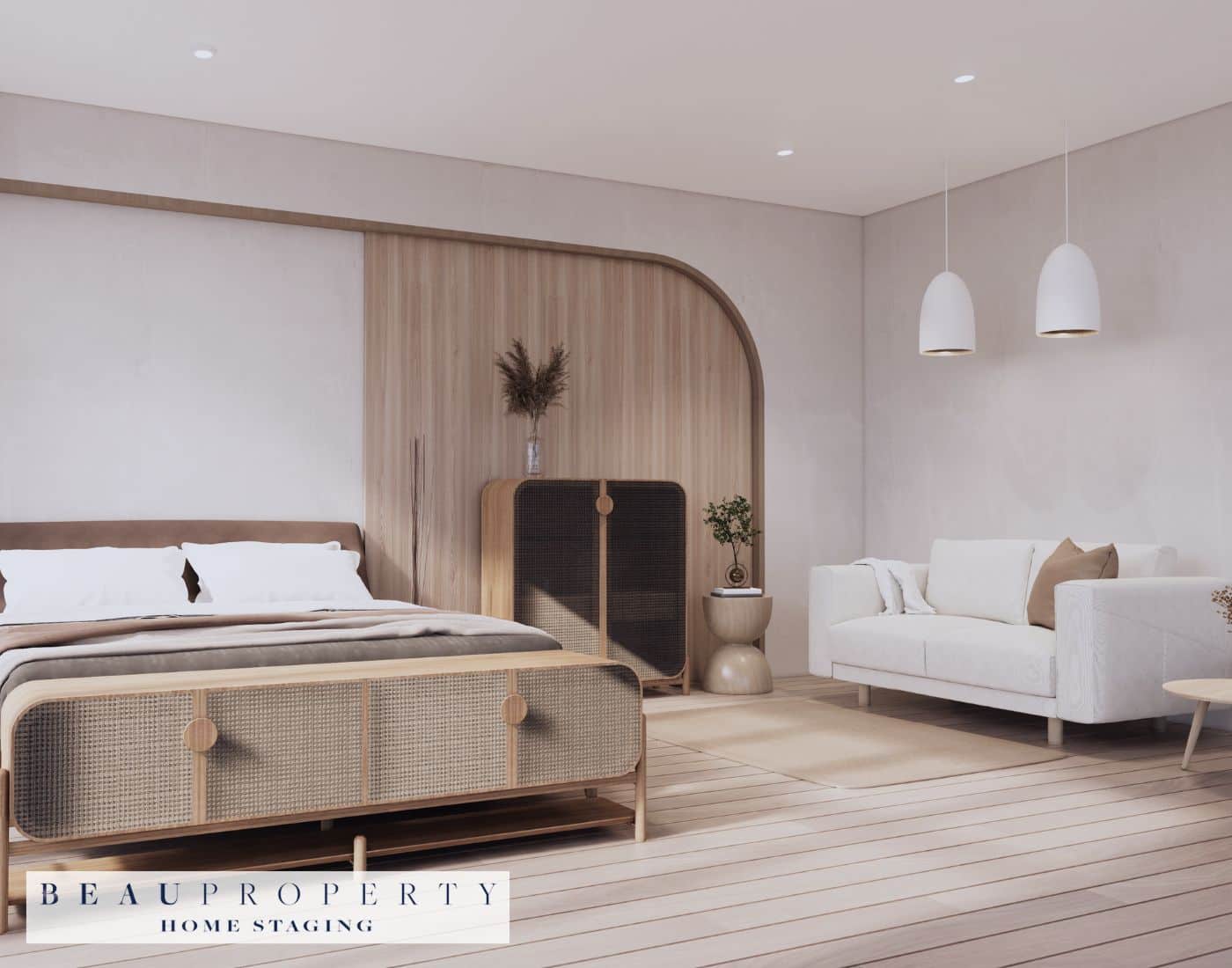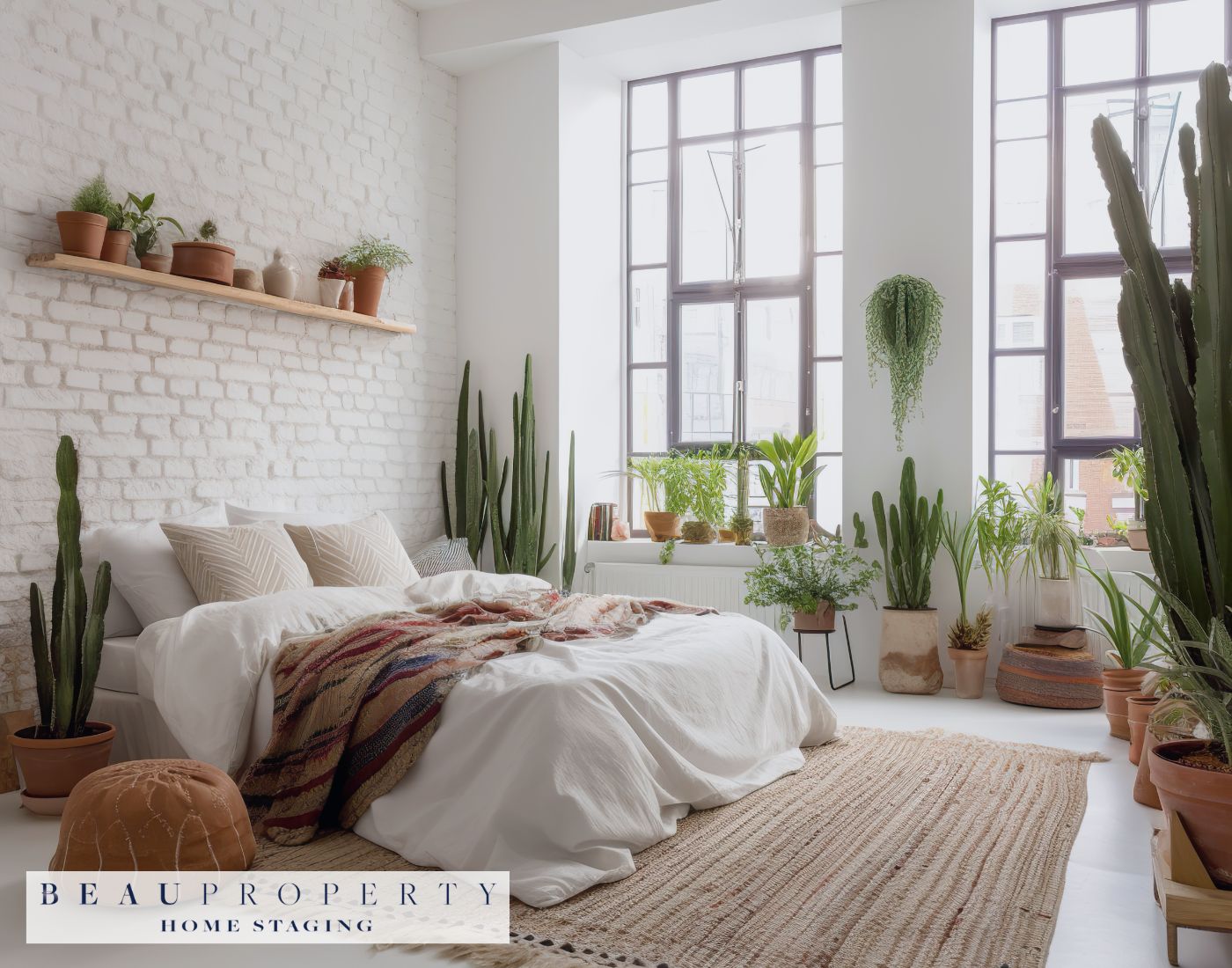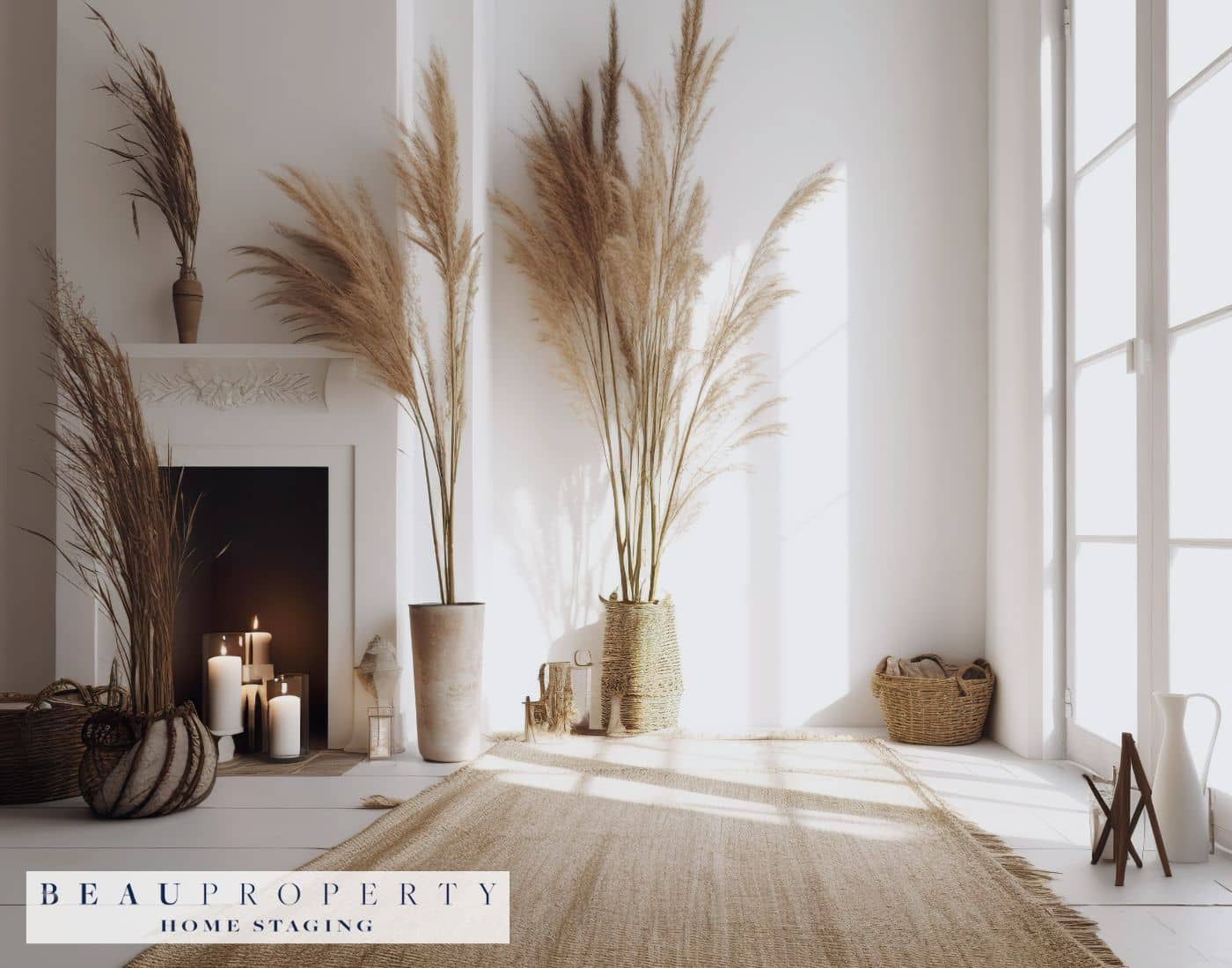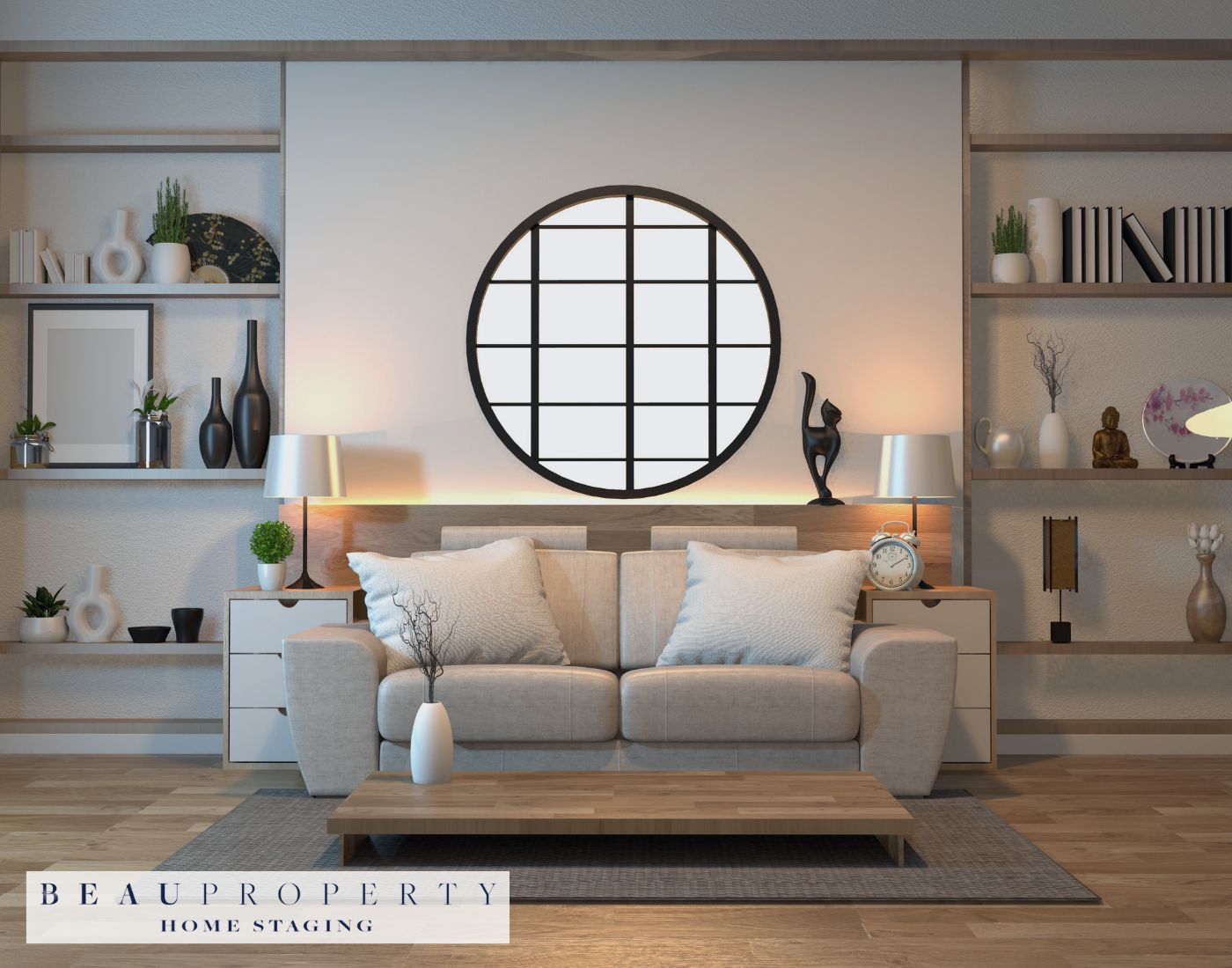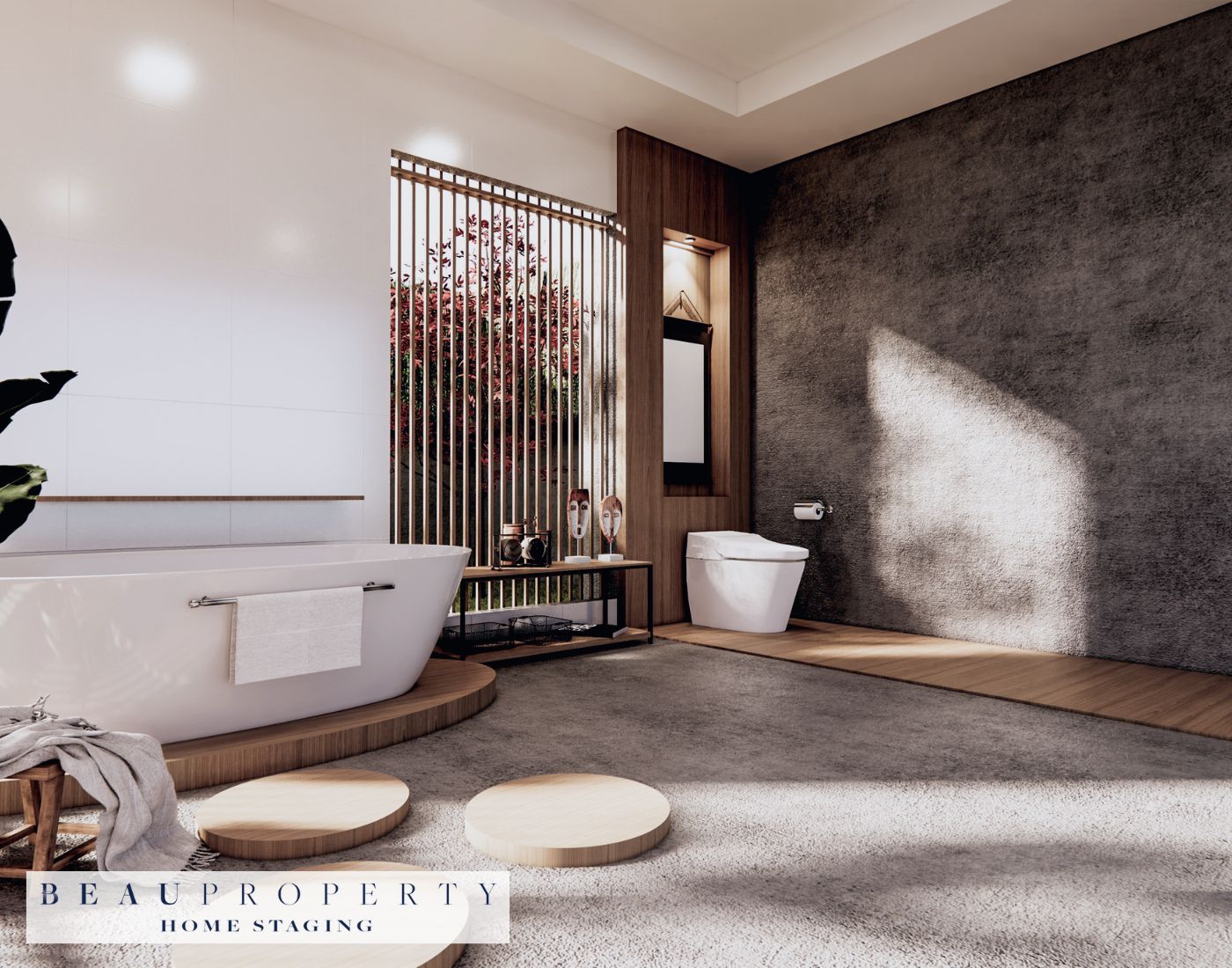Introduction to Interior Styling
Creating your dream home is more than just selecting a few nice pieces of furniture or slapping on a fresh coat of paint. Interior styling plays a crucial role in shaping the atmosphere and functionality of your space. It can turn an ordinary room into a haven that reflects your personality and lifestyle.
Importance of Interior Styling
When done thoughtfully, interior styling enhances your home’s overall aesthetic and elevates its comfort. It allows for personal expression while ensuring rooms are cohesive and harmonious. The way you style your space can influence how you feel within it—making it inviting, relaxing, or energising, depending on your needs.
Overview of Expert Tips and Tricks
There are expert tips and tricks that can guide you through the styling process. Here are a few key insights:
- Start with a Vision: Define what you want each room to convey. Is it tranquillity, vibrancy, or sophistication?
- Choose a Colour Palette: Selecting a coherent colour scheme helps unify your space.
- Mix Textures: Incorporating various materials adds depth and interest to your decor.
These principles serve as a foundation for creating a well-styled home.
How Interior Styling Can Transform a Space
Interior Styling has the power to completely transform a space. A well-styled room can make it feel larger, brighter, and more welcoming. You can emphasise architectural features, create focal points, and even utilise lighting to enhance the mood. With the right touches, every corner can come alive, making your home not just a place to live, but a true reflection of who you are.
Highlighting Architectural Features
Creating a captivating interior starts with recognising and accentuating the architectural features of your home. These elements serve as the backbone of your space, providing character and depth.
Techniques for Accentuating Woodwork
Woodwork can be a stunning feature in any room. To highlight it effectively, consider using contrasting paint colours or finishes that draw attention to these details. For example, if you have rich mahogany trims, a lighter wall colour can create a striking contrast, making the woodwork pop. Additionally, you can use lighting to enhance these features; strategically placing lights to illuminate wood beams or detailed mouldings can elevate their visual impact.
Creating Focal Points with Architectural Elements
Focal points are essential in design, guiding the eye and creating harmony within a space. Architectural elements such as arches, columns, or even a beautifully crafted fireplace can serve as natural focal points. To emphasise them, arrange furniture and decor items around these features so they take centre stage. This creates a sense of balance and order in the room, making it feel cohesive and inviting.
Balancing Modern and Traditional Features
As homes often blend modern and traditional elements, achieving a balance is vital for a harmonious look. If you’re working with traditional woodwork, consider complementing it with contemporary furnishings. A sleek, modern sofa can soften the rigidity of classic pieces, while maintaining an overall aesthetic flow. Use accessories to bridge the gap between styles—think of modern art pieces placed against a traditional backdrop or vintage finds mixed with minimalist decor. This balance not only respects the home’s history but also infuses it with a fresh perspective.
Incorporating Natural Elements
Using Plants for Decoration and Improved Ambiance
Integrating plants into your home is one of the easiest ways to enhance both aesthetics and atmosphere. Not only do they add a splash of colour, but they also improve air quality and create a calming environment. Start by selecting a variety of indoor plants that thrive in your home’s light conditions. Consider low-maintenance options such as snake plants or pothos if you’re new to plant care. Placing plants strategically—on shelves, windowsills, or even in hanging pots—can create a lively visual effect.
Taking Design Inspiration from Nature
Nature has an innate ability to inspire design, so why not bring that inspiration indoors? Use earthy tones, natural textures, and organic shapes to create a harmonious space. Think about incorporating elements like wooden furniture, stone accents, or textiles that echo nature’s palette. You can also look to natural landscapes for colour inspiration—soft greens, sandy beiges, and deep blues can help you craft a soothing yet sophisticated environment.
Balancing Organic and Artificial Elements in Decor
While embracing natural elements is important, finding the right balance with artificial components is equally crucial. Mixing organic materials, such as bamboo or cotton, with modern pieces can create a layered and dynamic look. For example, pair a rustic wooden table with sleek metal chairs, or combine woven baskets with glossy ceramic vases. This interplay creates visual interest while allowing each element to shine without overpowering the other.
Window Treatments and Lighting
The way you treat your windows and the lighting you choose can dramatically transform your space. Proper window treatments not only add style but also enhance privacy and control natural light. Selecting the right curtains, blinds, or shades allows you to create a mood that aligns with your personal taste while also catering to the functionality of the room.
Importance of Proper Window Treatments
Window treatments are crucial for balancing aesthetics and practicality. They can soften harsh sunlight, protect furniture from fading, and provide insulation, helping to maintain a comfortable temperature in your home. When selecting window treatments, consider materials that complement your decor and offer the desired level of light control. For instance, sheer fabrics can create an airy feel, while heavier drapes can add warmth and elegance.
Enhancing Natural Light in the Space
Natural light is one of the most effective ways to make a space feel larger and more inviting. To maximise this, opt for light-coloured treatments that allow sunlight to filter through while providing some degree of privacy. Additionally, consider positioning mirrors strategically to reflect light around the room. This not only brightens up darker corners but also creates an illusion of depth.
Strategic Use of Artificial Lighting
While natural light is ideal, it’s essential to have a well-thought-out artificial lighting plan for evening hours and cloudy days. Layering different types of lighting—ambient, task, and accent—ensures that your space is both functional and welcoming. Choose fixtures that complement your interior style and place them to highlight particular features or areas of the room. For example, pendant lights can draw attention to dining areas, while floor lamps can create cosy reading nooks.
These elements of window treatments and lighting contribute significantly to the overall atmosphere of your home. As you refine these details, you’ll find that the interplay between light and decor can elevate your space, enhancing its beauty and function.
Creating a Focal Point
Creating a strong focal point in your space is essential for good interior design. A focal point acts as the heart of a room, guiding the eye and providing a sense of order amidst the chaos of décor. Whether it’s a striking piece of art, a unique piece of furniture, or an architectural feature like a fireplace, identifying and emphasising this hero element is paramount.
Identifying and Emphasising a Hero Feature
Start by surveying your room for potential focal points. It could be anything that stands out, such as a large window with a beautiful view, a statement wall, or an impressive piece of furniture. Once identified, enhance its presence through strategic Interior styling. For instance, use lighting to highlight artwork or arrange furniture to draw attention towards the feature.
Designing Around a Central Element
Once you have your focal point, design the rest of the room around it. Ensure that other elements complement rather than compete with your hero feature. This could mean choosing a colour palette that echoes the hues in your artwork or selecting furniture styles that harmonise with the architectural style of your home. By creating visual connections, you maintain a cohesive look that feels intentional.
Balancing the Room’s Layout with a Focal Point
Balance is key when integrating a focal point into your room’s layout. Consider how furniture placement affects flow and interaction within the space. Ensure there’s enough room around your focal point for movement, while also inviting guests to gather around it. For example, if your focal point is a fireplace, arrange seating in a way that encourages conversation while enjoying the warmth and ambience it provides.
Maximising Vertical Space
When it comes to interior styling, utilising vertical space can dramatically alter the feel of a room. By drawing your eyes upwards, you not only enhance the perception of height but also create a more dynamic environment.
Celebrating the Ceiling as a Design Element
Don’t overlook the ceiling; it’s a blank canvas waiting for creativity. Consider painting the ceiling a bold, cool colour and using vertical stripes on the walls to create an illusion of height and make the room appear more spacious. You could even install decorative mouldings or beams that complement your overall decor theme. These features can turn a mundane ceiling into a stunning focal point, encouraging guests to look up and appreciate the space in a new way.
Vertical Storage and Decor Solutions
Vertical storage is essential for maximising space, especially in smaller rooms. Tall bookshelves can serve dual purposes: they provide ample storage and act as striking design elements. You might also consider wall-mounted shelves that extend upwards, allowing you to display books, plants, or decorative items while saving valuable floor space. For an elegant touch, think about using cabinetry that reaches the ceiling, which not only provides storage but also enhances the room’s height.
Creating the Illusion of Height in a Room
To further accentuate verticality, incorporate elements that draw the eye upwards. Hanging artwork at eye level ensures that it complements the vertical dimension of the room. Choose tall furniture pieces, like slender armoires or high-legged tables, to boost the height effect. Additionally, using vertical stripes in wallpaper, paint, or fabric can give the illusion of stretching the walls higher, making your space feel airier.
Utilising the Entire Room
Making Use of Often-Overlooked Spaces
When it comes to interior styling, we often focus on the main areas of a room, neglecting those nooks and crannies that can really elevate a space. It’s time to change that! Look for spots that may seem insignificant, like corners, alcoves, or even the area beneath stairs. These can be transformed into functional or decorative zones that add character and efficiency to your home.
Consider using a corner shelf for books or display items, or turning an alcove into a reading nook with a comfy chair and soft lighting. Even a small console table in an entryway can serve as both functionality and style, providing a place for keys and decorative touches.
Creating Functional Zones Within a Room
Defining separate areas within a larger space can enhance its usability. Think about how you can divide your living room into distinct zones: a seating area for conversation, a workspace for productivity, or a play zone if you have children. Use rugs to delineate these spaces visually, or arrange furniture in a way that naturally creates boundaries.
Each zone should complement the others while retaining its own identity. For example, opt for a cohesive colour palette that runs through all areas, tying them together seamlessly.
Balancing Negative and Positive Space
A well-styled room needs a balance between negative space (the empty areas) and positive space (the filled areas). Too much clutter can make a room feel cramped, while too much emptiness can create a cold atmosphere. Strive for harmony by leaving some areas open, allowing the eye to rest, while highlighting key features with carefully chosen decor.
Introduce statement pieces that draw attention but don’t overwhelm. For instance, a large piece of artwork can serve as a focal point while surrounding elements remain simple and unobtrusive.
Embrace the challenge of making every inch of your room work for you. By thoughtfully utilising overlooked spaces, creating functional zones, and balancing the overall layout, you can transform any area of your home into a beautifully styled sanctuary that feels both inviting and practical.
Interior Styling with Furniture and Accessories
Choosing and Arranging Furniture for Optimal Flow
Selecting the right furniture is pivotal in creating a space that not only looks good but also functions well. To achieve optimal flow, start by measuring your room and considering the scale of your furniture. Large pieces can overwhelm smaller spaces, whereas tiny items can get lost in expansive rooms. Aim for a balance that suits both the size and the layout of your area.
When arranging furniture, consider the natural pathways people will take as they move through the space. Ideally, there should be clear lines of travel, allowing for easy access to essential areas. If you’re working with an open-plan layout, think about how you can use furniture placement to define different zones without erecting physical barriers. For example, a sofa can create a living area while still maintaining an open feel.
Using Accessories to Add Personality and Style
Accessories are where your personality truly shines. They provide an opportunity to express your style and can be easily swapped out to refresh the look of a room. Start with statement pieces like bold art or unique sculptures that draw the eye. Layer in smaller items such as cushions, throws, and decorative trays to add warmth and texture.
Remember, less is often more. Avoid overcrowding surfaces with too many accessories. Instead, curate a few meaningful objects that resonate with you. This will create a more cohesive and personalised aesthetic.
Creating Cohesive Color Schemes and Textures
A successful interior relies heavily on a well-planned colour scheme and texture mix. Choose a palette that compliments your existing architectural features and aligns with your personal taste. You might opt for a neutral base with pops of colour through accessories or artwork.
Textures play a critical role in adding depth to your design. Combine varied materials such as wood, metal, fabric, and ceramics to create visual interest. For instance, pair a sleek leather sofa with a soft wool throw, or combine glossy ceramic vases with rustic wooden accents. This contrast not only enhances your space but also invites tactile engagement.
Incorporating Personal Style
Bringing your personal style into your home is all about making it uniquely yours while balancing design principles. This creates a space that not only looks great but also feels comfortable and reflective of who you are.
Blending Personal Taste with Design Principles
Start by identifying what resonates with you. Think about the colours, textures, and themes that speak to your personality. Whether you prefer a minimalist approach or a more eclectic vibe, ensure your choices align with the overall layout and functionality of your space.
For instance, if you love vibrant colours, consider using accent walls or bold accessories to showcase your taste without overwhelming the room. Conversely, if you lean towards neutral tones, layer different textures to keep the space visually interesting while staying true to your aesthetic.
Displaying Meaningful Objects and Artwork
Your home should tell a story. Curate a collection of meaningful objects, such as travel souvenirs, family heirlooms, or artwork that inspires you. Display these pieces prominently to spark conversation and create a personal connection within your space.
When arranging these items, use varying heights and group similar objects together for an artistic display. Remember to leave some space around each item to avoid a cluttered look, allowing each piece to stand out.
Creating a Space that Reflects the Homeowner’s Personality
Finally, focus on creating an environment that reflects your lifestyle. If you’re a book lover, incorporate bookshelves in your design. For those who enjoy hosting, ensure there’s ample seating and a dining area that encourages gatherings.
The key is to harmonise your personal elements with the room’s design, ensuring they complement rather than clash with the existing decor. This balance not only enhances the aesthetic but also makes the space feel truly like home.
As you navigate the journey of styling your space, remember that each decision contributes to a cohesive narrative that embodies your unique style. The next aspect to explore will delve into how furniture and accessories play a crucial role in this transformation.
Conclusion: Putting It All Together
As we wrap up this journey through the world of interior styling, it’s clear that creating a dream home is within your reach. By embracing the key styling secrets discussed throughout this guide, you can transform your living space into a true reflection of yourself.
Recap of Key Interior Styling Secrets
- Highlighting Architectural Features: Enhance the unique characteristics of your space, such as woodwork or structural elements, to create visual interest and define style.
- Incorporating Natural Elements: Use plants and nature-inspired designs to bring life and warmth into your home, striking a balance between organic and artificial decor.
- Window Treatments and Lighting: Proper window treatments not only enhance natural light but also contribute to the overall mood of the room. Pair them with thoughtful artificial lighting for a layered effect.
- Creating a Focal Point: Identify a hero feature in each room that draws the eye. Design around this element to create a cohesive and inviting atmosphere.
- Maximising Vertical Space: Make use of high ceilings and vertical storage solutions to create an illusion of grandeur while also freeing up floor space.
- Utilising the Entire Room: Don’t overlook corners and alcoves. Create functional zones that enhance the flow and efficiency of your space.
- Styling with Furniture and Accessories: Choose furniture that compliments your lifestyle and arrange it to encourage movement, adding accessories that express your personal style.
- Incorporating Personal Style: Blend your taste with established design principles, curating meaningful objects that tell your story.
Encouragement to Experiment and Personalise
Remember, Interior Styling is not just about following trends but about personal expression. Don’t be afraid to experiment with colours, textures, and arrangements. Mix and match elements that resonate with you. Your home should evoke comfort and joy, reflecting your unique journey.
Final Thoughts on Creating a Stylish and Comfortable Home
The art of interior styling offers endless possibilities. By thoughtfully combining these elements, you can create spaces that are not only stylish but also welcoming and comfortable. Embrace the process, let your creativity shine, and enjoy the journey of transforming your home into a sanctuary that feels distinctly yours.

